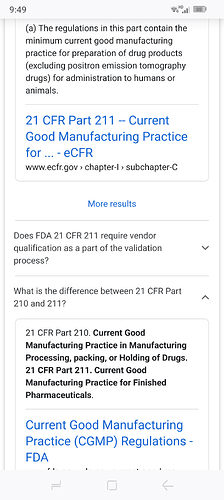Are you trying to say that eating solvents are okay?
I’m pretty sure people are a bit more concerned with smoking solvents than eating the. But I could be wrong there.
I’m not sure what this means:
There didn’t seem to be anything in report you linked that showed how ethanol or isopropyl would be safer, easier to use, or anything like that.
I thought it was quite interesting that while you provided a lot of safety information you didn’t provide any information regarding efficiency of the solvent. Solubility numbers - ease of removal of unwanted constituents, etc.
There’s quite a few solvents out there that are better than ethanol or isopropyl or acetone - but perhaps people are not using those in their homes?
I propose that if people are making edibles at home that they don’t need to use SOLVENTS like this. Fuck man - if people want to make edibles they can extract into fats - fats which don’t take any extra funny busy to handle and which no one is worried about there “residual” amounts.
Also - the fuck are you focusing on LD50 for - that’s the amount that if ingested you expect people to die. Based on your table - you are saying that people could be walking around drinking / eating 45mL of pentane on a daily basis and just be fine - which is not the case. They would already be suffering from serious adverse events and depending on other things already in their system might die.
I think you are using the PDE in an inappropriate manner. I appreciate the work you are doing here - but it feels like you are missing the point of looking at formulations to begin with.
PDE is about cross-contamination. PDE is about understanding the monograph for your material and making sure that you’re limiting safety issues while simultaneously making sure there is no impact to your formulation.
I think its really interesting that you are focused on these residuals instead of residuals that have seriously lower PDEs.
I think its also really interesting that there is no real discussion on how these impurities (which is what they would be if you allowed them to be present) would impact your formulations.
And perhaps most importantly - you seem to be completely forgetting that having testing requirements that are not based on science (because really they are not…) doesn’t have anything to actually do with consumer safety. These are rules that are put in place to control markets. To limit access. To be gatekeepers and job creators. Your statement of “only when local laws permit” - seems to be acknowledging this but also implies that somehow those laws will just go away.
They won’t go away. The limits were brought over from food/drugs because regulators didn’t have access to more information. And certainly because no one is really thinking about what is safe in our foods (if so, the things they would be looking for would be different!).
Would be awesome if you could look at that stuff instead. Proving that GRAS substances and substances with already established oral exposure limits doesn’t help the conversation on inhalants and it definitely doesn’t help the conversation about other solvents were are 100% not included in your study and which are actively used in the industry today. <3


